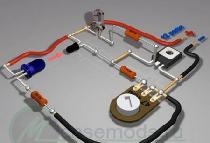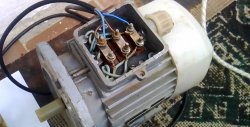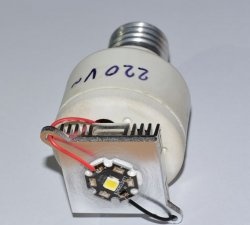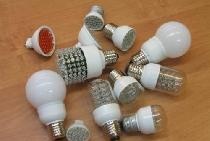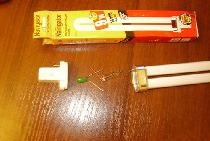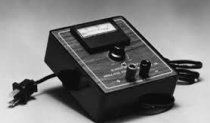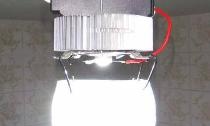Upgrading an energy-saving lamp to LED No. 2
The topic of converting or upgrading failed fluorescent (energy-saving) lamps into LED lamps has been raised more than once. May the authors of these articles forgive me, but most of the proposed options are ineffective and certainly not aesthetically pleasing. This is due to the difficulties with the element base and components, as well as our mentality when we try to make a candy out of...
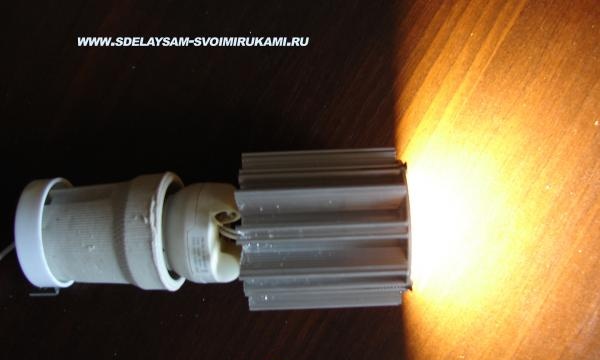
But thanks to the Koreans, who last year released the wonderful Seoul Semiconductors Acrich2 LED module, which connects to a 220 V AC network without an additional power source. The manufacturer guarantees that, subject to operating conditions (recommended operating temperature not higher than 70 ºС), this module will honestly work for at least 50,000 hours. We will not go into technical details, everything is clear from the picture.
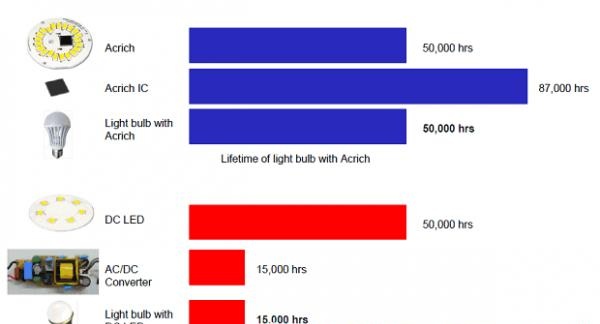
As a comment
In my line of work, I have extensive experience working with various power sources. So, the power supply resource of 15,000 hours indicated by the Koreans is approximately 2 times overestimated, this is provided that high-quality electrolytes are used.Chinese consumer goods, which are now widely available, clearly do not fall into the category of quality goods.
So, we figured out the light source. The next step is how to cool it. Fencing a banal finned radiator is not aesthetically pleasing and inconvenient. And there was some luck here. It turns out that the AP888 radiator profile, specially designed for modules of this series, has been developed and produced in Russia.
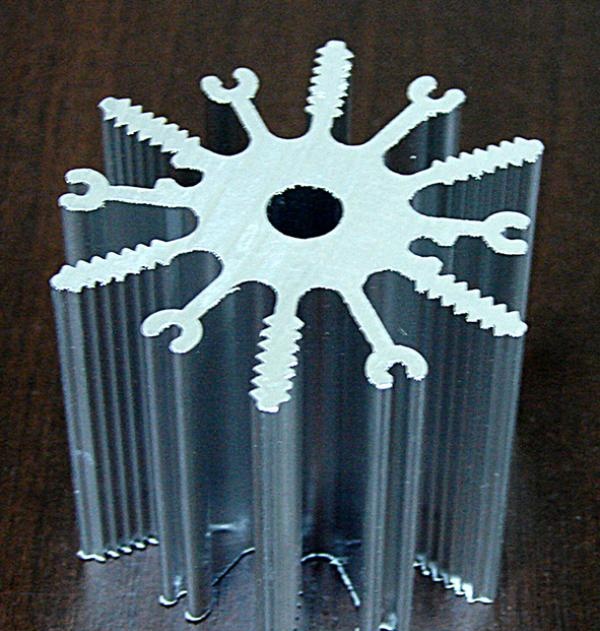
The profile is universal, designed for installation of three types of Acriche modules: AW3221 (4 W) and Acrich2 for 8 and 12 W.
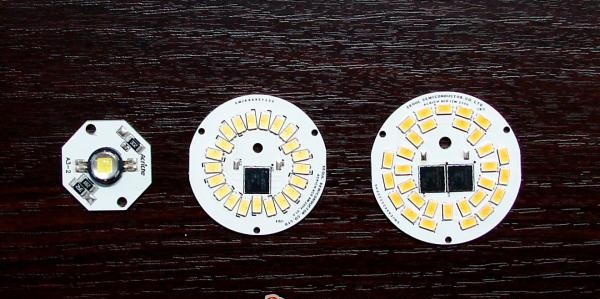
Further work on upgrading the burnt-out energy-saving lamp was not difficult and took about 15-20 minutes.
1 Cut the heatsink to the size required to ensure effective cooling of the module. The profile supplier recommends the following dimensions to ensure an operating temperature of no more than 70 ºC:
- 4 W – 10-15 mm;
- 8 W – 30-35 mm;
- 12 W – 40-45 mm.
In this case, “you can’t spoil the porridge with oil,” and for 8 W I took a 50 mm radiator.
2 Disassemble the energy-saving lamp.
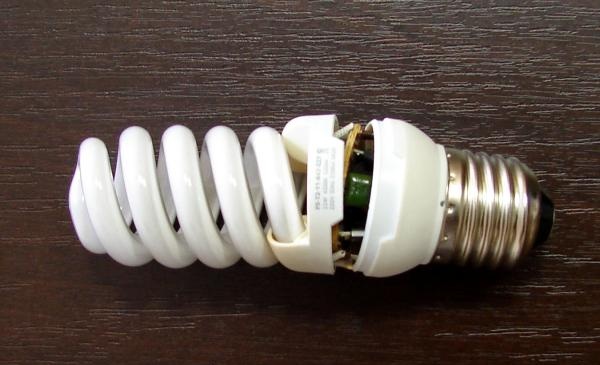
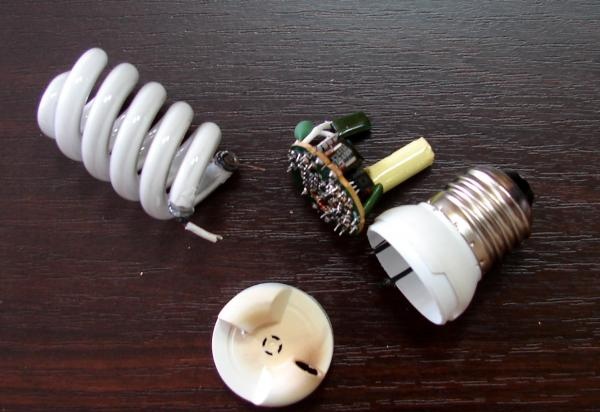
3 Drill holes in the cover of the plinth housing to mount the radiator.
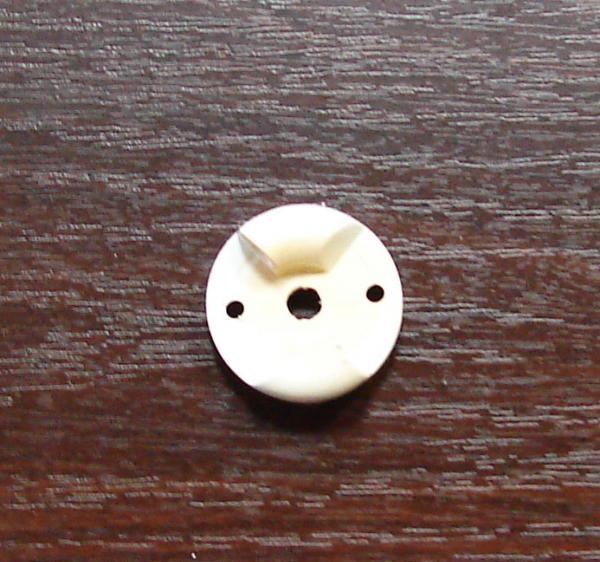
4 All components - radiator, module and filter for the module, are ready for assembly.
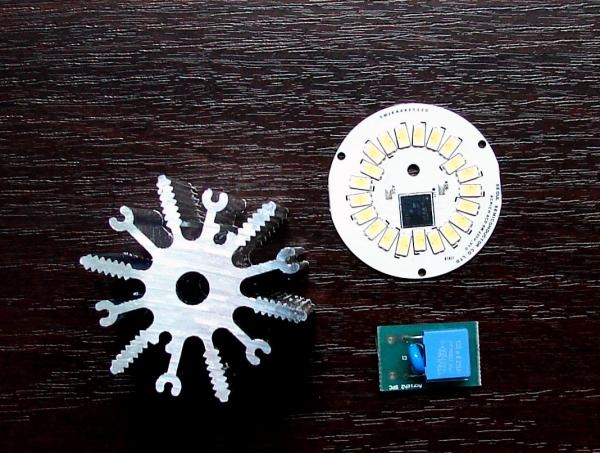
5 Then everything is simple. We install the module on the radiator, do not forget about the heat-conducting paste (I recommend KTP-8). We attach the cover of the base housing to the radiator. Solder the wires to the module and filter. Then we solder everything into the base.
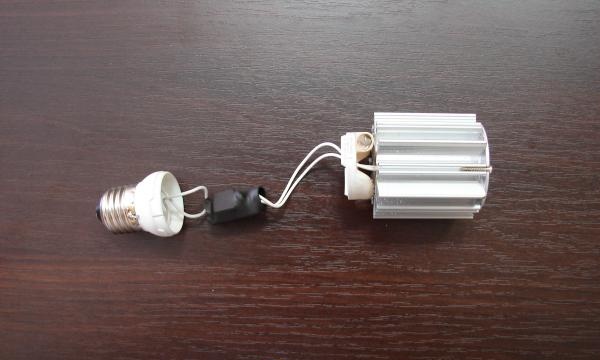
6 All that remains is to put everything together.
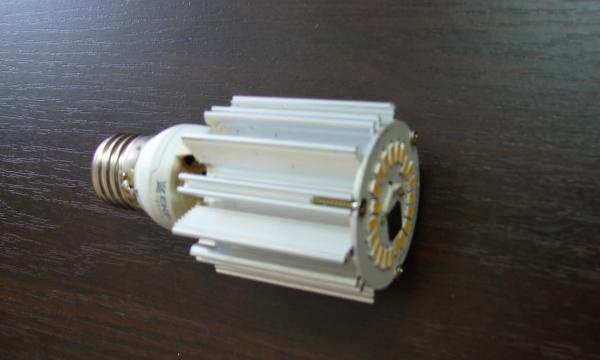
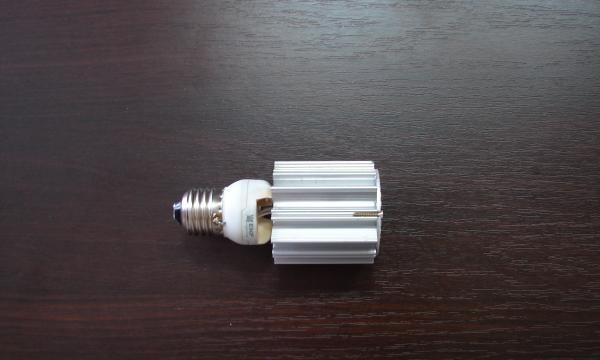
7 And plug it into the network.

Based on personal experience, I can say with confidence that the illumination from such a modernized lamp is higher than from a 13-watt energy-saving fluorescent lamp.
Similar master classes
Particularly interesting

